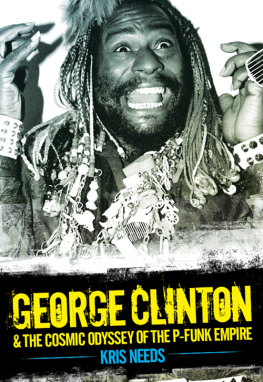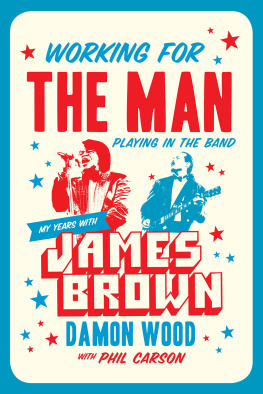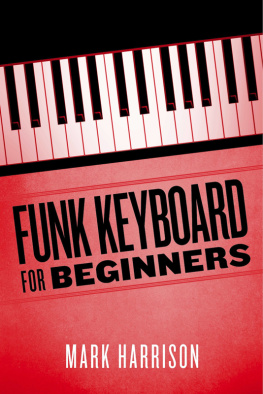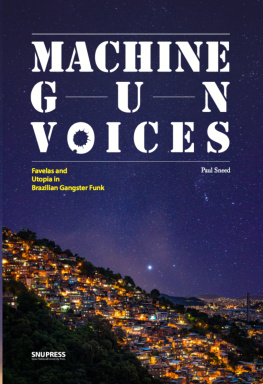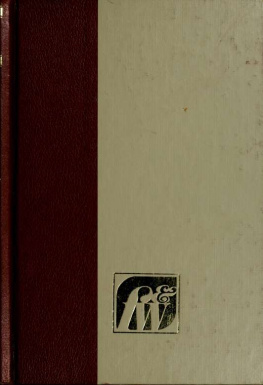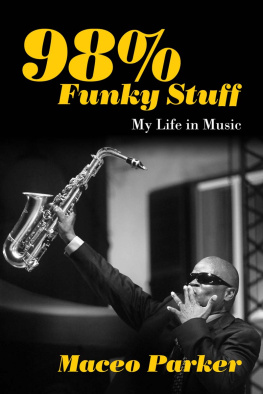
For Helen
Copyright 2014 Omnibus Press
This edition 2014 Omnibus Press
(A Division of Music Sales Limited, 14-15 Berners Street, London W1T 3LJ)
Cover designed by Fresh Lemon
Cover photograph by Edward Colver
Picture research by Helen Donlon & Kris Needs
EISBN: 978.1.78323.037.2
The Author hereby asserts his right to be identified as the author of this work in accordance with Sections 77 to 78 of the Copyright, Designs and Patents Act 1988.
All rights reserved. No part of this book may be reproduced in any form or by any electronic or mechanical means, including information storage or retrieval systems, without permission in writing from the publisher, except by a reviewer who may quote brief passages.
Every effort has been made to trace the copyright holders of the photographs in this book, but one or two were unreachable. We would be grateful if the photographers concerned would contact us.
A catalogue record for this book is available from the British Library.
Visit Omnibus Press on the web at www.omnibuspress.com
For all your musical needs including instruments, sheet music and accessories, visit www.musicroom.com
For on-demand sheet music straight to your home printer, visit www.sheetmusicdirect.com
Introduction
November 1989, Apollo Theatre, Harlem
F or the last two hours George Clinton and his faithful Mothership crew members have been giving up The Funk on the legendary boards which probably figure higher in Dr Funkensteins history than any other stage in the world.
An extraterrestrial Biblical vision in long white robes and multi-coloured hair, this last great figure from black musics seminal sixties and revolutionary seventies is showing he can still trump anything from the eighties as he conducts both band and rabid audience through immortal P-Funk classics such as Cosmic Slop, Maggot Brain and Flash Light for over two hours.
A few months earlier Id realised the lifelong ambition to interview George, followed by subsequent meetings where he relived and recounted what it had meant to be the planets loudest and most innovative exponent of The Funk and its nasty essence. A quarter century later, heres my chance to tell the astonishing tale of this towering figure of 20th century music and the stellar musicians who flew with him during his incredible journey, along the way creating the most gloriously crazy (and most sampled) catalogue in music.
You will hear about the self-described blackest, funkiest and filthiest band of all time that would materialise from a pyramid onstage in Americas biggest arenas while a giant skull puffed a six-foot spliff; the landing of a full-blown Mothership obtained from their record company at a cost of half a million dollars to disgorge Dr Funkenstein in all his space pimp finery; Starchild Garry Shider wielding his stroboscopic Bop Gun while flying over disbelieving crowds; a lineage of guitarists clad only in oversized diapers; the cartoon space-bass funk onslaughts of Bootsy Collins; the horrific drug guzzling contest which nearly sent Tawl Ross furthest out Funkadelic of all beyond the point of no return; Eddie Hazel the only guitarist to ever carry Hendrixs incendiary mantle before tragically losing his own inner battle; epoch-making powerhouse drummers such as Jerome Bigfoot Brailey; oddball satellite bands such as Sparky & the Pimpadelics and spin-offs such as the Brides Of Funkenstein; how an artist called Pedro Bell defined a new cartoon world of doo doo chasers and hardcore jollies; old-school music business skullduggery sparking full-blown mutiny and the subsequent fall of an empire; trailblazing masterpieces arising from hard, high or triumphant times set against a backdrop of Black Power, barbershops, socio-cultural revolutions and vast quantities of mind-expanding drugs.
Its hard to imagine what life would have been like without P-Funk or how music might have ended up today. This is a story about famous dogs told through the eyes of a lifelong maggot.
Lets take it to the stage
Chapter One
Pre-Funk
That guy has great commercial potential. Hes also clean cut, soft spoken, with a beautiful smile. Tailored pin-stripes and a briefcase.
Raynoma Gordy on George Clinton, circa 1963
W hether indulging in expert myth-stoking or extreme barbershop ribaldry, George Edward Clinton always says he dropped into the world in the outside toilet of the family home in Kannapolis, North Carolina on July 22, 1941.
He maintains that this was where he entered the world simply because his mother, Julia Keaton, told him, recounting at different times, My mother thought she was just going to the bathroom or, She was on her way to the bathroom. I almost got wiped out. This may not be as glamorous as Dr Funkenstein ascending from the hatch of the Mothership but George has always been a master of the grand entrance.
George liked to describe Kannapolis as out in the sticks behind the pigpen, painting a picture of a rural backwoods, although the town was known for its household linens and textiles industries and now enjoys small city status. Its also the home of stock-car racing, which sprang out of night-time bootlegging runs during the twenties.
Brendan Greaves runs the Paradise Of Bachelors obscure Americana label from a nearby address and knows the area well. He told me, Kannapolis spans two counties, bearing the odd distinction of being named for Cannon Mills; a rather bittersweet association given the rapid decline of the textile economy here in the mid-South in the last few decades.
The Western Piedmont of North Carolina demonstrates a rich warp and weft of culture and landscape. Situated on the edge of the Piedmonts rolling hills, near the Appalachian foothills, its beautiful country known as one of the states centres of textile production (the Piedmont was once one of the foremost producers of denim).
One of the notable cultural contributions of textile mill towns is the development of the string band and bluegrass music fostered in these and surrounding communities, black and white alike. It was perhaps sonically influenced in part by the rapid, mechanised pace of the textile machinery in the factories, in addition of course by mountain ballads, old-time string band music, minstrelsy, parlour guitar music, and African American Piedmont blues and banjo styles. Earl Scruggs and Don Gibson, as well as David Lee Roth, hail from Cleveland County.
Twenty-five miles to the south west, Charlotte is the closest major city and, in its heyday, preceded and rivalled Nashville as a major recording nexus for hillbilly music. The Carter Family, Uncle Dave Macon and Bill Monroe all made early recordings there, but ultimately the city couldnt compete with Nashvilles WSM (Radio) and Grand Ole Opry. However, Charlotte remained a recording hotbed on a smaller scale, with Arthur Guitar Boogie Smiths studios hosting sessions by James Brown and legions of soul and country stars and aspirants. Kannapolis plays a vital role in the soul and gospel music history of the Carolinas. Even in his short time there, George Clinton would have been exposed to a wealth of music, both sacred and secular, black and white.
Like many African-American families, the Clinton clan lived in extreme poverty. George found responsibilities thrust upon him at an early age, being the eldest of nine children born to Julia, who tried to support her family through cleaning and baby-sitting work, but times were hard.

